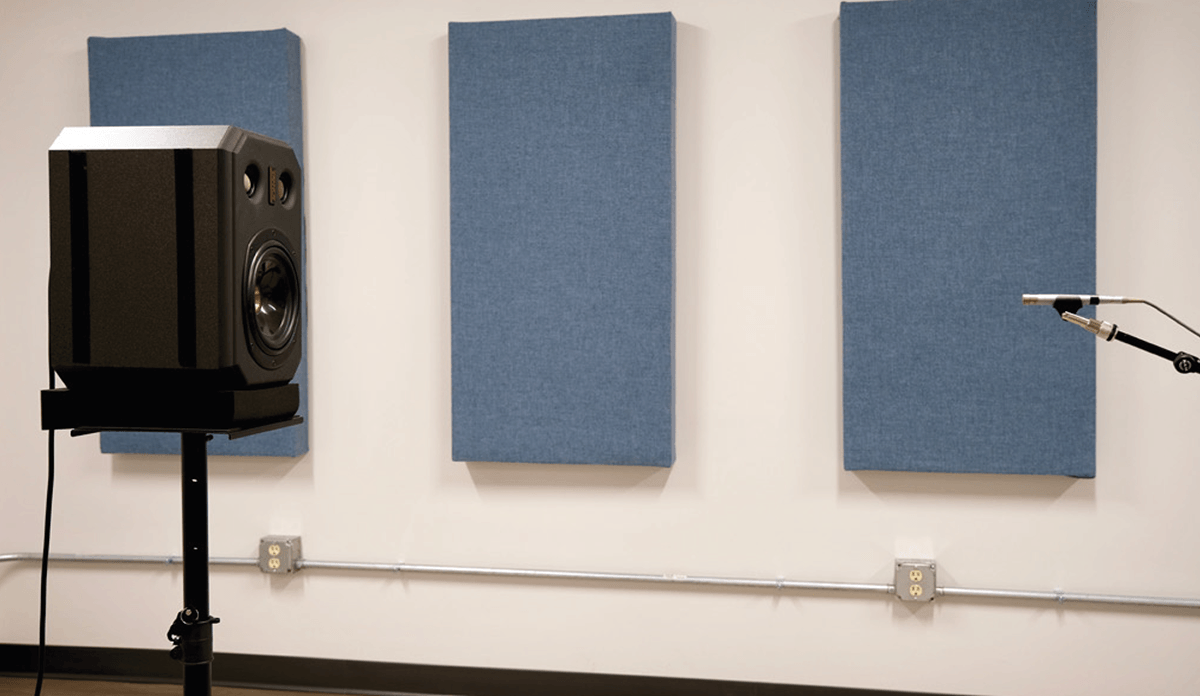rob aylestone
Moderator
I learned long ago that buying cheap products that were a little less than perfect, and tweaking them, was always a bit of an illusion. In my office, I run a pair of RCF 5" monitors. I have 5 pairs of them, in flight cases for stage edge fills. For music serious listening, they're just OK, but I know what they sound like, and I know that if I can hear the bass guitar on the E string, then that E will be way, way too loud in the mix. I can deal with it. Tweaking cheaper speakers is just pointless. They are what they are. Same with the folk who spend hours turning a cheap Chinese mic into a U86 and a half. It will always be nearly an 87. For years I toured with an EAW all in one PA cab - big 15" for bass, and a mid and hi unit. Loved them - always sounded good, but when I bought a new, better and mega expensive system, I wished I'd carried on with the old one! The new one was, in every way measurable, better. The trouble was, I liked the sound of the old one. Two boxes, lovely sound, but folk at the front were deafened and people at the back struggled to hear in many venues. Twelve boxes dangling gave the same volume everywhere, but just wasn't as nice. Luckily, people only heard it for two hours, and thought it great!



 I actually thought of that, before today's repeated tests (see further below). Big difference! But still troubled by the wildly un-flat resposes recorded.
I actually thought of that, before today's repeated tests (see further below). Big difference! But still troubled by the wildly un-flat resposes recorded.